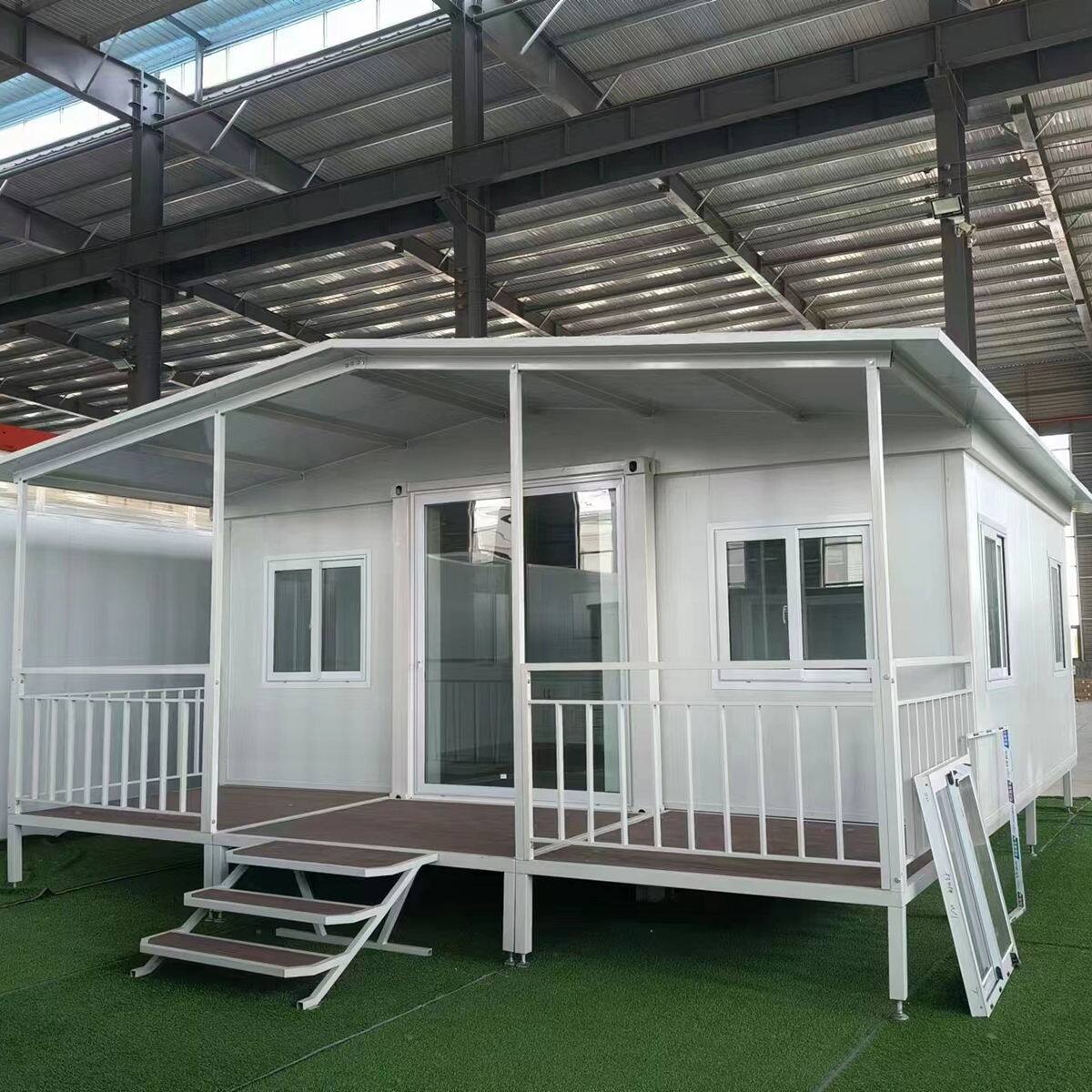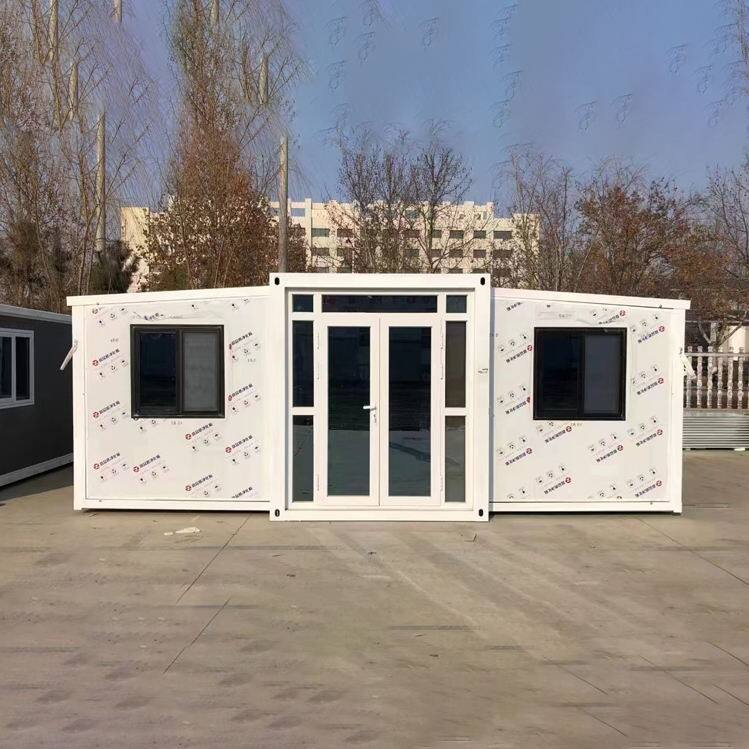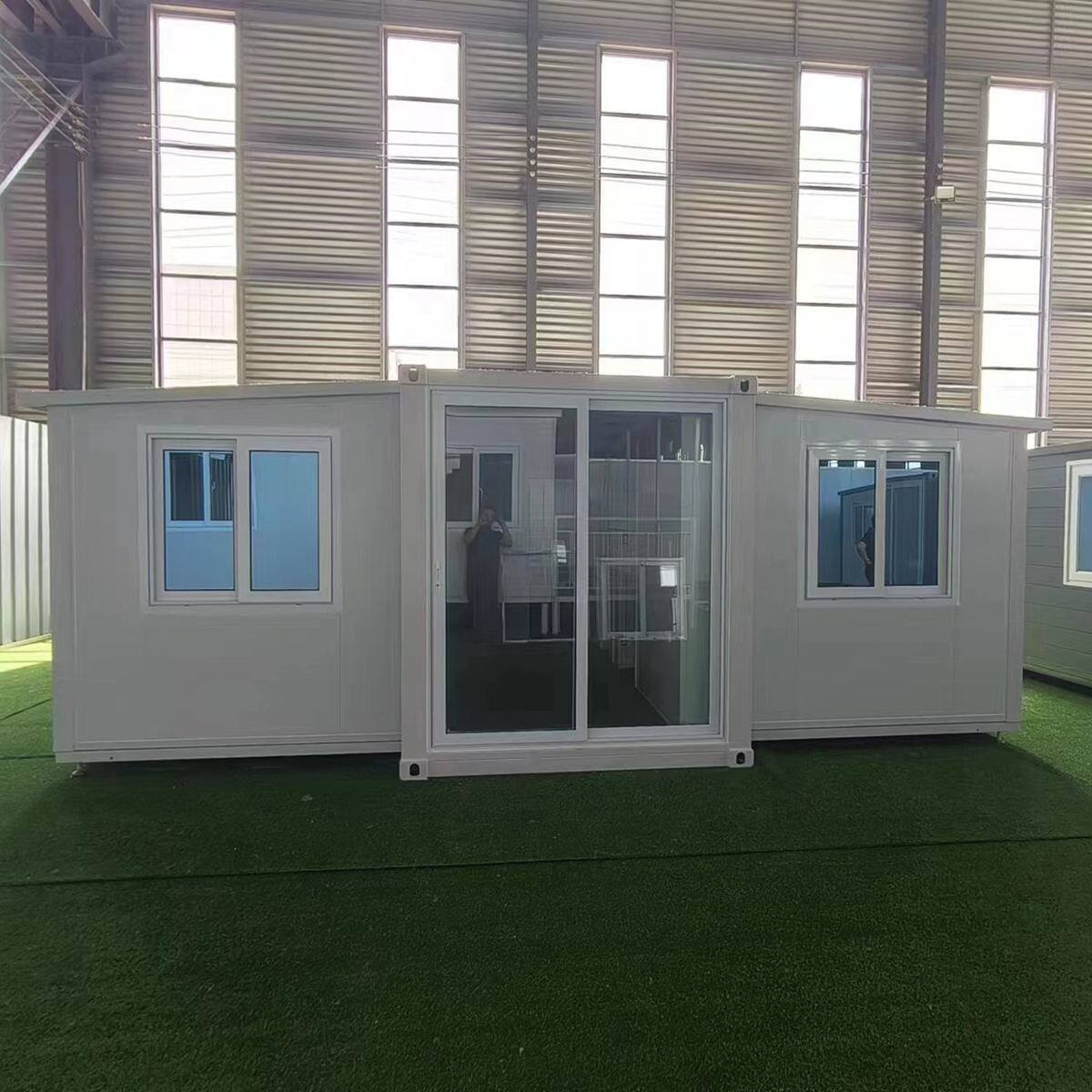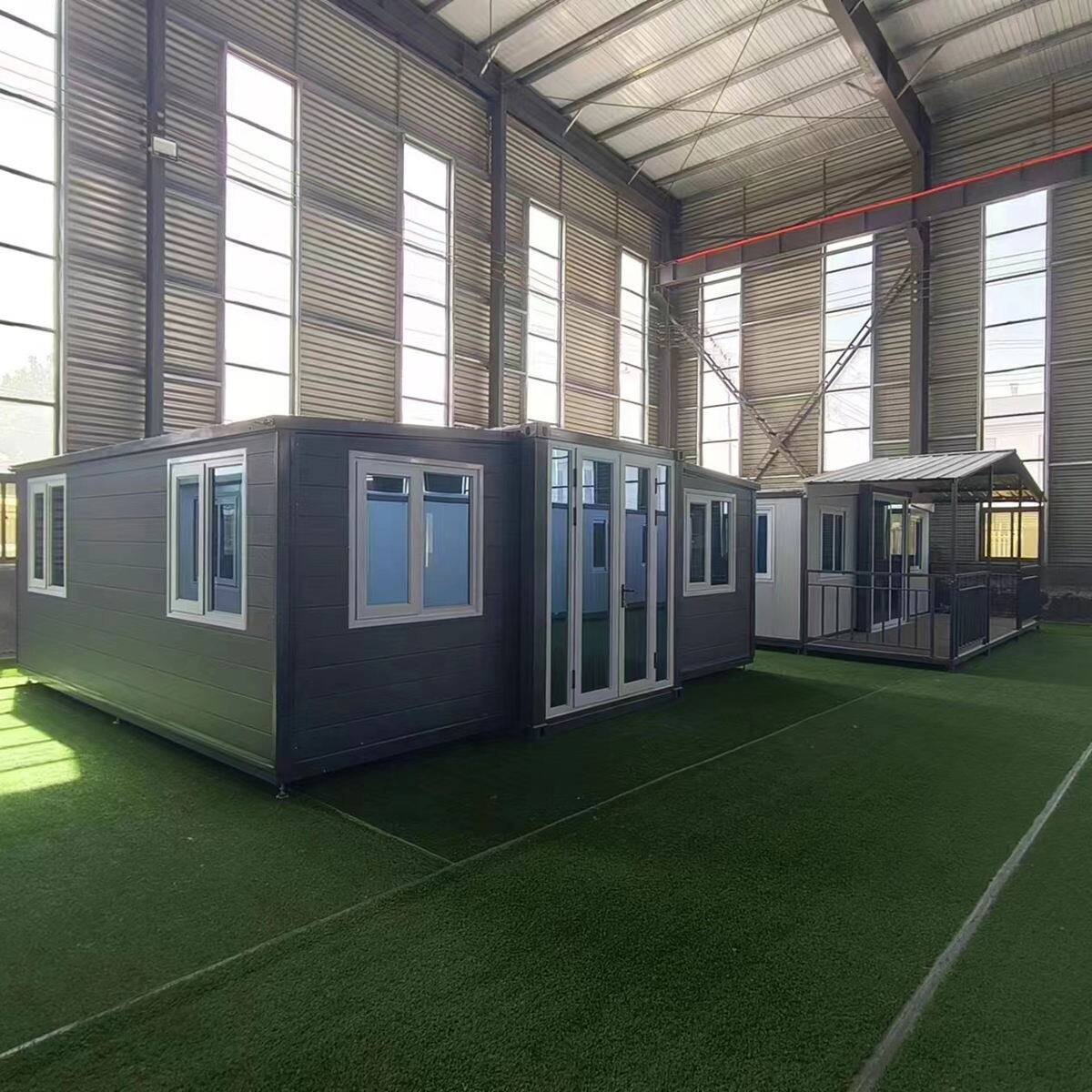
In the rapidly changing modern society, the field of architecture is also constantly pursuing innovation and development. Scalable container houses, as an innovative construction solution, are gradually emerging in the field of architecture, leading the transformation of the construction industry with their unique charm and practicality.
Scalable container houses, as the name suggests, are architectural spaces transformed from freight containers. Through clever design and technological means, they achieve a magnificent transformation from traditional transportation tools to diversified building functions. This architectural form not only retains the sturdy, durable, easy to transport and stack characteristics of containers, but also gives the building space unprecedented flexibility and scalability through modular design concepts.
In terms of application, scalable container houses have demonstrated astonishing versatility. From temporary residences and commercial spaces to educational facilities, tourist resorts, and even warehousing and logistics centers, this architectural form can be perfectly integrated to meet various scenarios and functional needs. Its rapid construction capability enables it to quickly provide necessary accommodation and office space in natural disaster relief, large-scale event hosting, or emergency situations. Meanwhile, its unique appearance and design style also add a unique charm to cultural venues such as commercial spaces and art exhibitions.

The advantages of scalable container houses cannot be ignored. Firstly, its construction speed is much faster than traditional buildings, greatly shortening the construction period and reducing costs. Secondly, the internal space of the container has been optimized and designed to achieve efficient utilization, meeting various functional requirements. More importantly, this architectural form conforms to the concept of sustainable development. By utilizing waste containers for renovation, it reduces resource waste and environmental pollution, making a contribution to environmental protection.
Looking ahead, the development prospects of scalable container houses will be even broader. With the continuous advancement and innovation of technology, this architectural form will achieve more personalized and customized design, meeting more diverse needs. At the same time, by combining intelligent technologies such as the Internet of Things and big data, scalable container houses will become more intelligent and efficient, providing people with a more comfortable and convenient living and working environment.

Globally, with the increasing emphasis on sustainable development, scalable container houses will be more widely recognized and applied as an environmentally friendly and economical form of construction. This new form of architecture will play an important role in urban renewal, rural tourism, and post disaster reconstruction, creating a better future for human society.
In short, scalable container houses, with their unique advantages, wide application areas, and enormous development potential, are gradually becoming a new chapter in future architecture. We have reason to believe that in the near future, this innovative form of architecture will shine globally, contributing more wisdom and strength to the sustainable development of human society.
